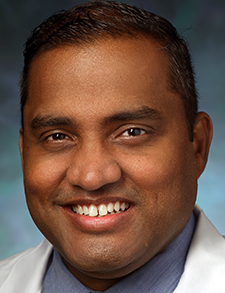The session began with a clear statement of its objectives, focusing on how quality programs view mortality, the methodology behind it, approaches to reducing mortality, and the impact hospitalists can have on it through programmatic interventions.
After engaging the audience in understanding mortality from a provider standpoint and having a patient perspective, the speakers went on to talk about how various quality-rating programs viewed mortality. With a better understanding of the various time frames, patient populations, measures, metrics, and indicators used by the different quality-rating programs for mortality, the speakers went on to talk about metrics around the Centers for Medicare & Medicaid Services Star Rating, Leapfrog Hospital Safety Grade, Vizient Quality and Accountability Study, and others, and their financial implications for hospitals.
Spending time on methodology, the audience was invited to explore how Diagnosis Related Groups (DRGs) work and the role of hospitalists in how their documentation impacts mortality metrics. Hospitalists could be involved in improving mortality for their hospitals through better documentation, and by participating in mortality-reduction programs and quality-improvement efforts.
Emphasizing the interventions around documentation that would better capture risk variables such as admission source, malnutrition, or condition(s) present on admission, the speakers made a case for increasing the expected mortality, thus overall reducing observed-over-expected mortality. Other strategies aimed at better capturing comorbidities would aid in the same.
Moving on to multidisciplinary approaches such as a mortality review committee which would, in a just-culture environment, look at deaths in the hospital. From the work done at their facilities examples were shared as to how early identification of sepsis and the use of order sets were used to decrease mortality.
When discussing how observation stays and general inpatient hospice care could be used by hospitals to improve their mortality rates, the presentation highlighted how their institutions used these approaches to impact mortality rates positively. This information provided the audience with practical tools they could implement at their own facilities.
The talk provides two viewpoints—one from a rural health system and another from a large, urban, academic, medical center. While there are overlaps in the understanding of the problem at hand, this distinction allows for viewing interventions through a different lens. The financial impact of mortality metrics on institutions was also touched upon from these viewpoints.

Dr. Gundareddy
Dr. Gundareddy is a hospitalist and assistant professor at the Johns Hopkins School of Medicine and the physician advisor and associate director for the division of hospital medicine at Johns Hopkins Bayview Medical Center, both in Baltimore.
How can we access the talk referred to in this article?